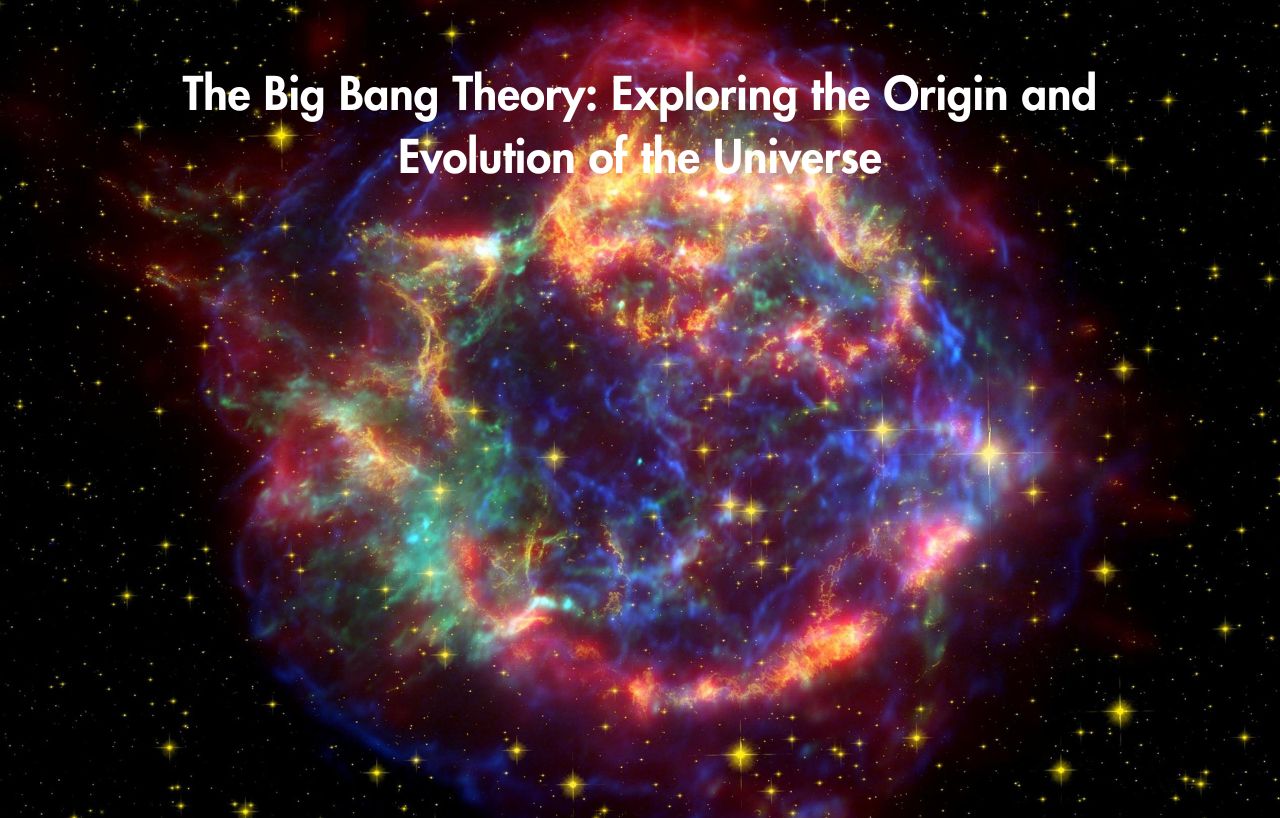The speed of light, a fundamental constant in the universe, has captivated the minds of scientists and thinkers for centuries. From its early measurements to the profound role it plays in modern physics, the journey to understand and calculate the speed of light is a story of curiosity, innovation, and revolutionary insights. In this article, we explore the history, calculations, and implications of the speed of light in our universe.
Historical Discoveries:
The first recorded attempt to measure the speed of light dates back to ancient Greece. The Greek philosopher Empedocles proposed that light had a finite speed, while later Greek scholars like Euclid and Ptolemy believed light traveled instantaneously. It wasn’t until the early 17th century that Danish astronomer Ole Rømer made a groundbreaking observation while studying the moons of Jupiter. He noticed that the timing of Jupiter’s moon eclipses varied as Earth moved in its orbit, leading him to estimate the speed of light.
The Role of Astronomy:
Rømer’s observations paved the way for more refined experiments. The Danish astronomer’s estimation of the speed of light was remarkably close to today’s accepted value, despite the limitations of his era. The 19th-century advances in optics and instrumentation allowed scientists to carry out increasingly precise measurements, enhancing our understanding of light’s speed.
The Role of Electromagnetism:
In the 19th century, the speed of light took on new significance with the emergence of electromagnetism. The Scottish physicist James Clerk Maxwell formulated equations that unified electricity and magnetism, predicting the existence of electromagnetic waves. The equations implied that these waves traveled at the speed of light, further cementing the link between light and electromagnetic radiation.
Modern Understanding and Calculation:
The speed of light in a vacuum is approximately 299,792,458 meters per second (or about 186,282 miles per second). This constant forms the foundation of Einstein’s theory of special relativity, which revolutionized our understanding of space, time, and energy. In this theory, the speed of light is the ultimate speed limit in the universe, and no object with mass can attain or exceed this speed.
Conclusion:
The journey to comprehend the speed of light is a testament to humanity’s curiosity and ingenuity. From ancient philosophical debates to modern scientific breakthroughs, the quest to understand light’s speed has shaped our understanding of the cosmos. Today, the speed of light remains an essential constant in the fabric of the universe, influencing fields ranging from physics and astronomy to telecommunications and technology. It’s a reminder that even in the vastness of space and time, certain truths remain constant and universal.



